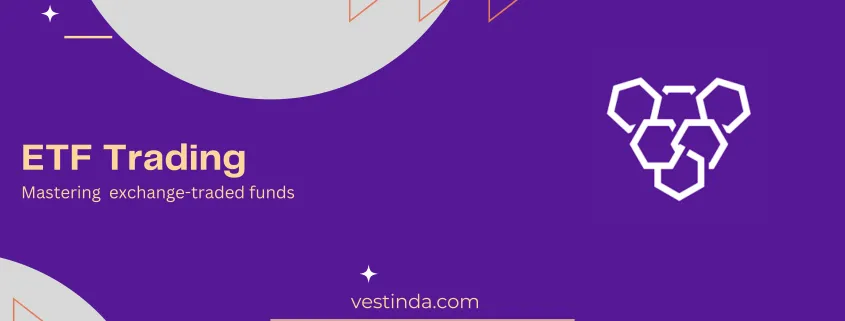Embarking on ETF trading opens doors to a diverse world of investment opportunities. Exchange-Traded Funds (ETFs) have revolutionized the financial landscape, offering investors a convenient way to access various market segments. Exploring ETFs means navigating a sea of choices and strategies, each with its unique characteristics and risks. In this comprehensive guide to ETF trading, we’ll delve into essential aspects, from understanding ETFs and their market dynamics to exploring trading strategies, risk management techniques, and tips for effective ETF portfolio management. Join us on this journey to demystify the realm of ETFs and uncover the strategies and insights that can elevate your investment prowess.
Article summary
What is an ETF?

Ebiere Watchman is a prolific writer specialized in web 3.0 and finance. Ebiere’s experience includes research projects, sales copywriting, and storytelling. She prides herself in crafting impeccable content to drive mass adoption in cryptocurrency.


